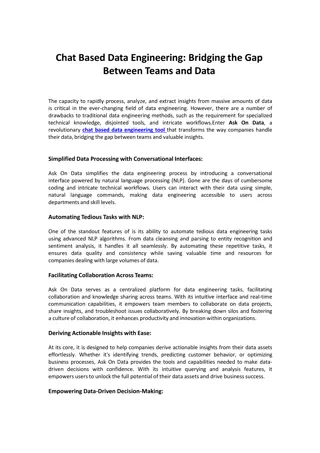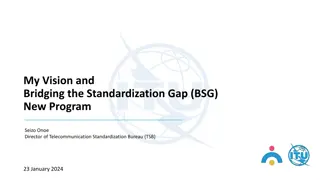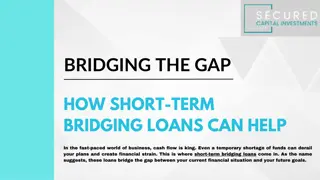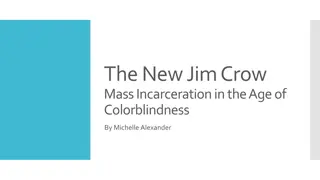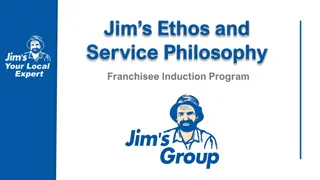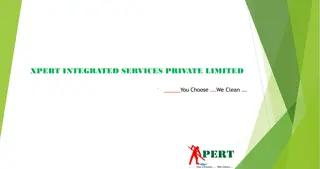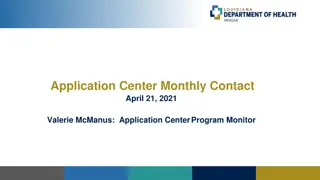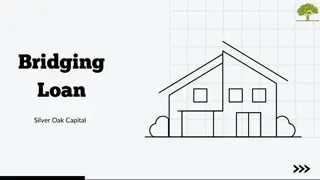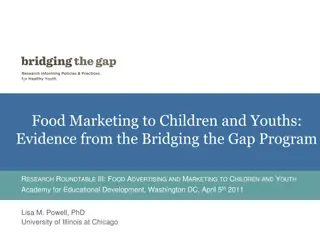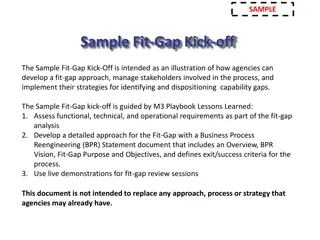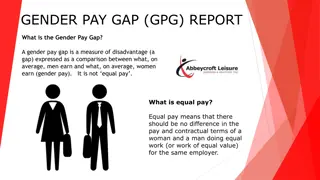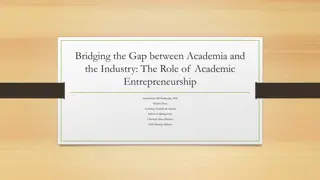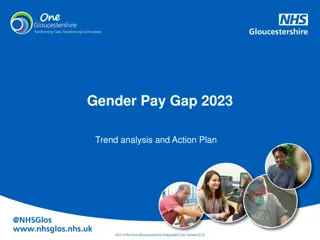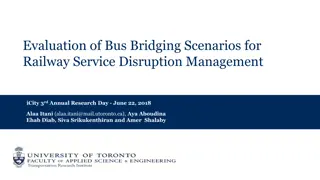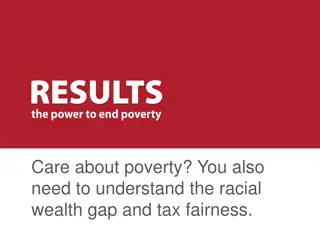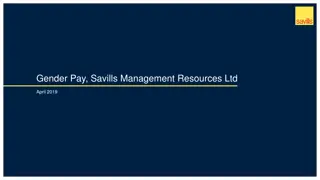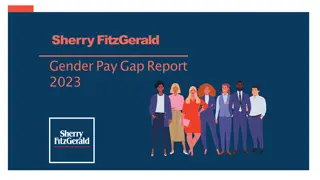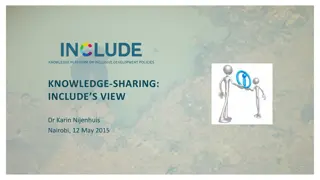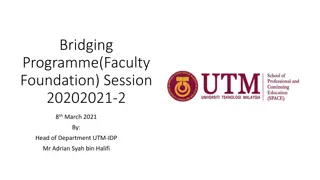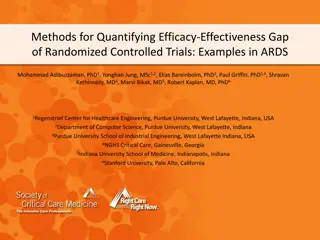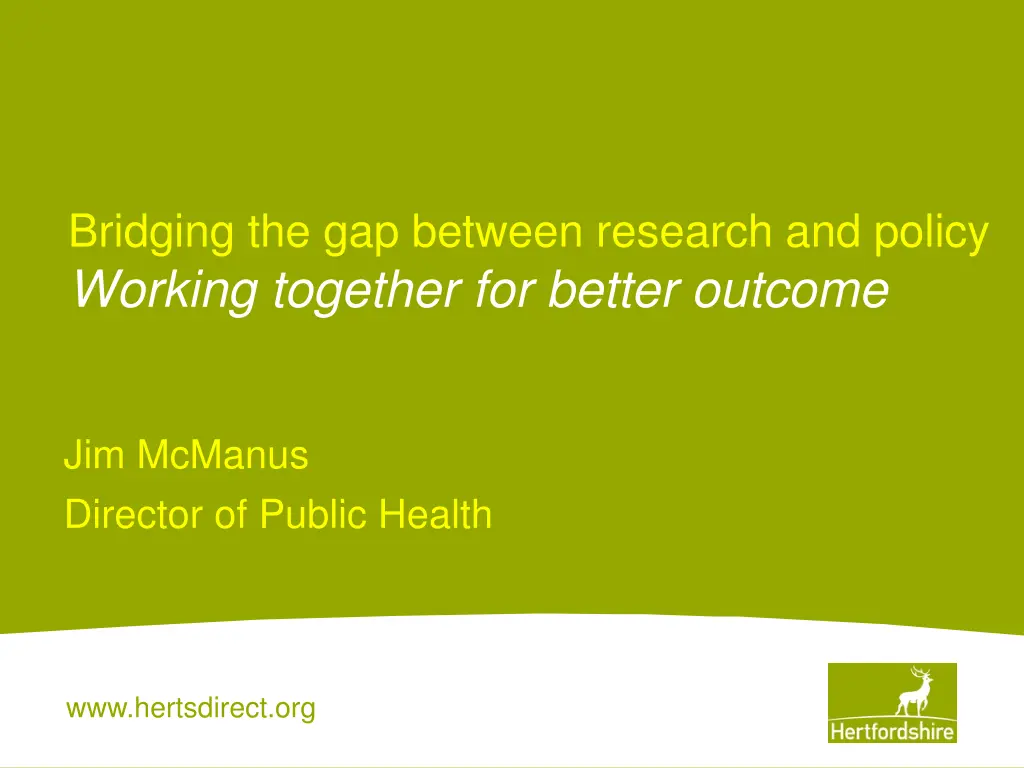
Bridging Research and Policy for Better Outcomes
Working together to bridge the gap between research and policy is essential for achieving better outcomes in public health. This involves connecting evidence with interventions, addressing barriers to using evidence, and aligning the interests of policymakers and researchers. The communication style plays a crucial role in translating research findings into actionable policy recommendations. By mapping the policy process and training individuals as "pracademics" who can integrate scientific rigor with policy-making processes, we can make significant strides in evidence-based policymaking.
Download Presentation

Please find below an Image/Link to download the presentation.
The content on the website is provided AS IS for your information and personal use only. It may not be sold, licensed, or shared on other websites without obtaining consent from the author. If you encounter any issues during the download, it is possible that the publisher has removed the file from their server.
You are allowed to download the files provided on this website for personal or commercial use, subject to the condition that they are used lawfully. All files are the property of their respective owners.
The content on the website is provided AS IS for your information and personal use only. It may not be sold, licensed, or shared on other websites without obtaining consent from the author.
E N D
Presentation Transcript
Bridging the gap between research and policy Working together for better outcome Jim McManus Director of Public Health www.hertsdirect.org
The Issue Evidence based policy or policy based evidence? Policy driven research or theory driven research? www.hertsdirect.org
The Problem Outcomes Frameworks Connecting evidence with outcomes Connecting evidence with interventions Interests of policymakers and interests of researchers www.hertsdirect.org
Levels Policy finding evidence of effectiveness when often evidence of interventions lacking Practice finding evidence salient enough to apply. Critical research, search and appraisal skills. www.hertsdirect.org
The Problem Public Health is a long game Research is a long game Public sector agencies want short answers and quick results www.hertsdirect.org
Communication - Writing style as an example Academic Heavily referenced Third person Passive voice Tentative conclusions Local Govt Active voice Summaries Recommendations Costings Policy options Impact measurements Feasibility risk www.hertsdirect.org
Mapping the Policy Process General Context issues domestic and international. Specific Policy Issues (i.e. the policy cycle) Who are the Stakeholders? (Stakeholder analysis) Arena: government, parliament, civil society, judiciary, private sector. Level: local, national, international Process matrix + political influence ratings What is their Interest and Influence? www.hertsdirect.org [Sources: M. Grindle / J. Court ]
The problem with our training Often trained as scientists or clinicians not as policymakers Bringing the scientific process and policy process together Where evidence is silent in the lab Pracademics www.hertsdirect.org
Ontario Drug Programme (Khan et al,2014) http://dx.doi.org/10.1016/j.healthpol.2014.06.007 Policymakers have cited barriers to using evidence, including lack of research relevance and timeliness. .Although reports often demonstrate an increase in research relevance, rarely do they provide concrete methods of enhancing research timeliness . Additionally, the impact of researcher policymaker collaborations is not well-discussed. www.hertsdirect.org
ARIF Birmingham, Aggressive Research and Intelligence Facility Rapid Horizon Scanning Responsiveness to commissioners Establish an agenda www.hertsdirect.org
Major issues for academic work to be adopted What approaches enable politicians to be comfortable publicly and privately with scientifically led interventions and programmes in public services for highly vulnerable populations? How do we get political buy-in to spend and investment against a background of 25% reduction in spend? www.hertsdirect.org
Starting Points Commissioners and local politicians essentially make policy at local level. They are or ought to be big customers of evidence from academic research Some issues in concerns of both academics and commissioners which, whilst legitimate, can act as barriers to others Academia seen as status conscious, research takes years Commissioners find implementation sometimes difficult Academics find commissioners unresponsive or want things too quickly The research process and policy process are usually not well articulated to each other www.hertsdirect.org
Both academics and policymakers seem to want Greater use of evidence in priority setting and programme work Re-assuring political sensitivities Prevention and Prioritisation can deliver Evidence in the real world Clear roadmap for combining evidence with political aspirations of elected politicians Did it work? www.hertsdirect.org
Methods Policy Case Study Identification of candidate projects to demonstrate benefits of increasing use of scientific/public health approaches Trialling different ways of enabling politicians to Parallel semi-structured assessments of officers and politicians in acceptability and utility Financial assessment of benefits to organisation led by Finance www.hertsdirect.org
Mapping the Policy Process General Context issues domestic and international. Specific Policy Issues (i.e. the policy cycle) Who are the Stakeholders? (Stakeholder analysis) Arena: government, parliament, civil society, judiciary, private sector. Level: local, national, international Process matrix + political influence ratings What is their Interest and Influence? www.hertsdirect.org [Sources: M. Grindle / J. Court ]
Context Assessment Policy Process 1. Problem Definition/ Agenda Setting 2. Constructing the Policy Alternatives/ Policy Formulation 6. Evaluation The Policy Cycle 5. Policy Implementation and Monitoring 3.Choice of Solution/ Selection of Preferred Policy Option 4. Policy Design www.hertsdirect.org
Writing Effective Policy Papers Providing a solution to a policy problem The policy community The policy process Structural elements of a paper Problem description Policy options Conclusion Key issues: Problem oriented, targeted, multidisciplinary, applied, clear, jargon-free. [Source: Young and Quinn, 2002] www.hertsdirect.org
Writing Effective Policy Papers Criteria for Assessing Policy Options Option A Option B Option C Effectiveness Very Positive Positive No impact Flexibility Very Positive Positive Positive Sustainability Positive Positive Negative Political Feasibility High Medium Low Administrative Feasibility Time High Medium Low Short Medium Long Cost High Medium Low www.hertsdirect.org
Questions from Councillors and Commissioners Assurance how do we know your idea is any better? Scientific evidence alone rarely satisfies politicians when there is large financial risk Deficit models scientists assume we do not understand science Early success and political cycle Accountabilty we may well understand you, we just have other priorities www.hertsdirect.org
What Politicians/Commissioners really want from academic research Implementability Assurance of quality of work and evidence Assurance of financial risk Scientific evidence alone rarely satisfies politicians when there is large financial risk Deficit models academic should not assume commissioners do not understand science, commissioners should not assume academics do not understand implementation www.hertsdirect.org
Suggested Approaches Getting to know each other and build relationships Think and do tanks combining academics and policymakers on research priorities Summary business cases addressing evidential and assurance issues So what briefs about your research written by politicians for other politicians User and citizen co-production of proposals Independent statement or scrutiny www.hertsdirect.org Early warning and debate before going into public domain for decision
The Big Question... How do academics get buy in for longer term solutions when there is a need for short term delivery Tentative Hypothesis... The assurance that comes from quick wins and early signs an approach works builds political confidence in longer-term approaches www.hertsdirect.org

